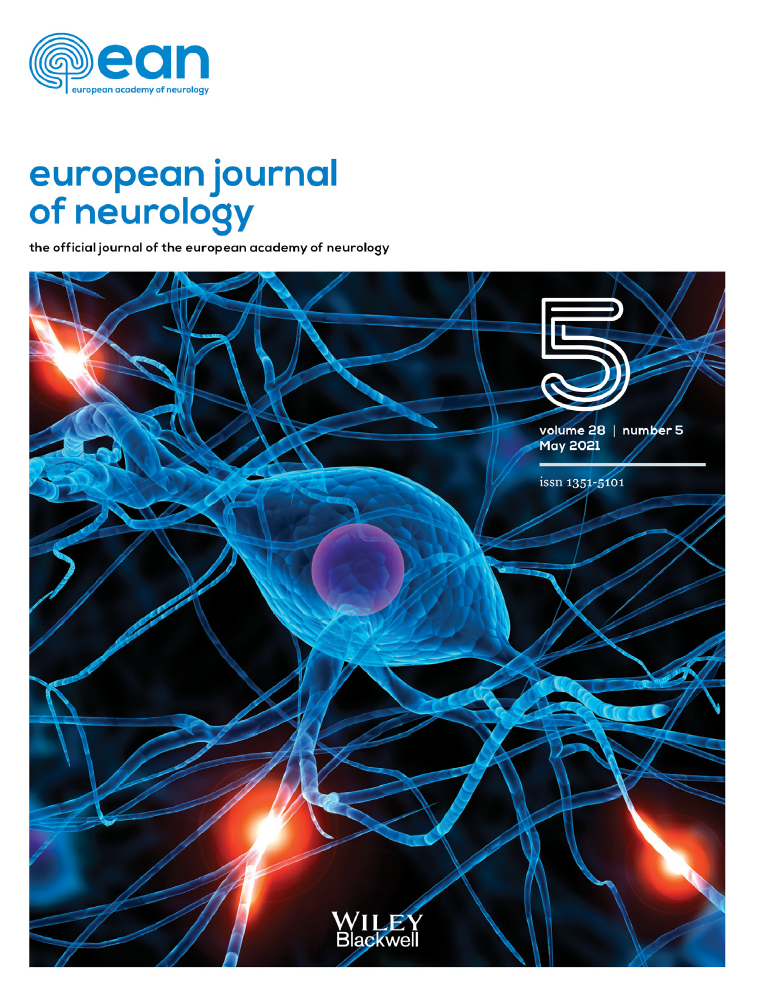Bilateral subthalamic nucleus deep brain stimulation is an effective treatment for diphasic dyskinesia
Abstract
Background and purpose
The purpose was to assess the effect of bilateral subthalamic nucleus deep brain stimulation (STN DBS) on diphasic dyskinesia in patients with Parkinson disease (PD) and to assess the factors associated with the remission of diphasic dyskinesia.
Methods
Medical records for PD patients who underwent bilateral STN DBS at the Movement Disorder Center of Seoul National University Hospital from March 2005 to November 2016 were reviewed. Patients were evaluated preoperatively and at 3, 6 and 12 months after surgery, and annually thereafter. The presence of peak-dose dyskinesia and diphasic dyskinesia is based on the interview and examination of patients at baseline and at each follow-up.
Results
Amongst 202 patients who underwent STN DBS, 66 patients who had diphasic dyskinesia preoperatively were included in the analysis. Diphasic dyskinesia disappeared in 49 (74%) after surgery. In 27 (55.1%) patients whose diphasic dyskinesia disappeared after DBS, peak-dose and diphasic dyskinesia disappeared persistently from as early as 3 months postoperatively. Age at onset was younger and disease duration at surgery was longer in patients whose diphasic dyskinesia persisted compared with patients whose diphasic dyskinesia disappeared. Multivariate Cox regression analysis demonstrated that patients with greater postoperative decrease of dopaminergic medications were more likely to have remission of diphasic dyskinesia.
Conclusion
This study showed that bilateral STN DBS is effective in controlling diphasic dyskinesia and should be considered in PD patients with diphasic dyskinesia.
CONFLICT OF INTEREST
None.
Open Research
DATA AVAILABILITY STATEMENT
The data that support the findings of this study are available from the corresponding author upon reasonable request.




